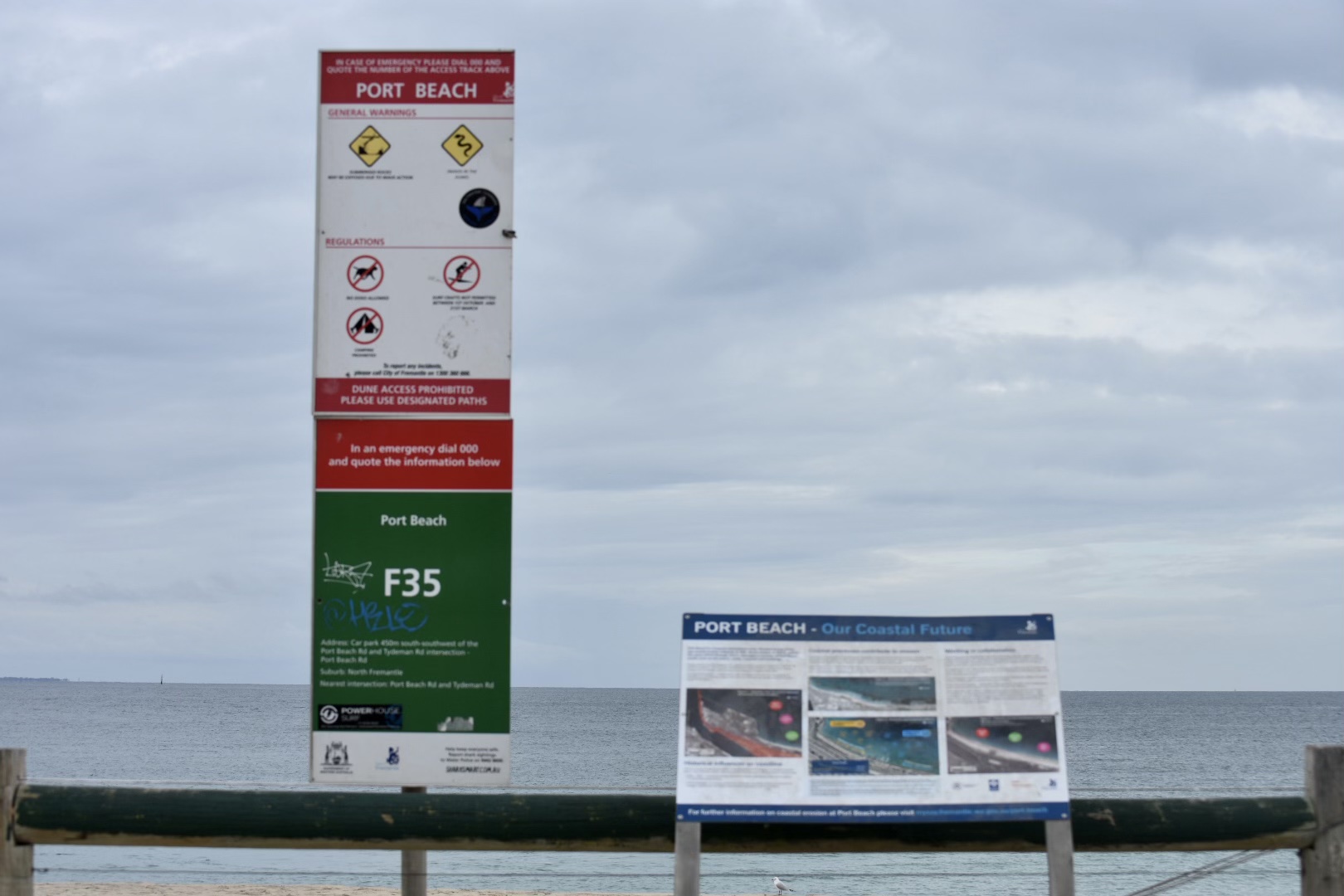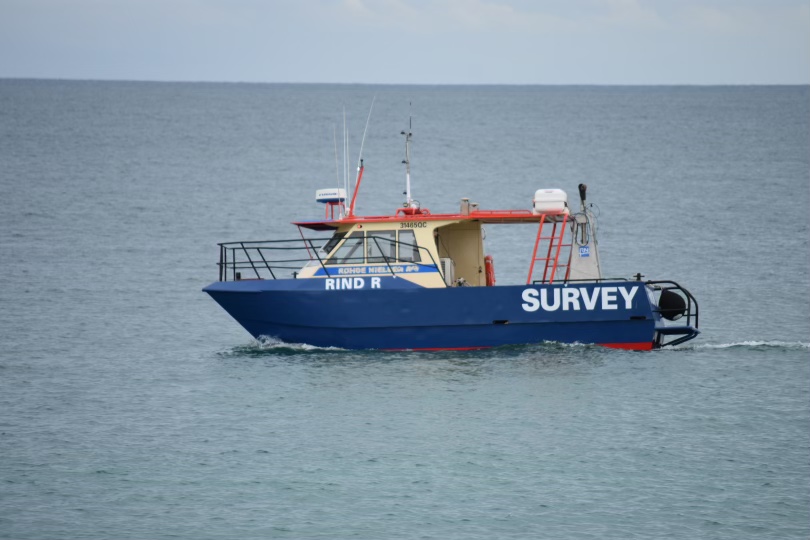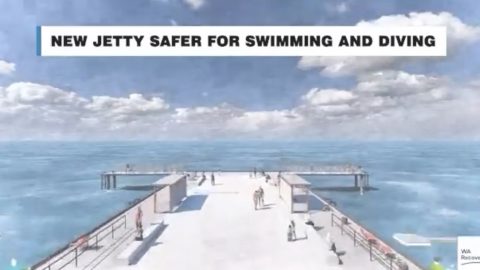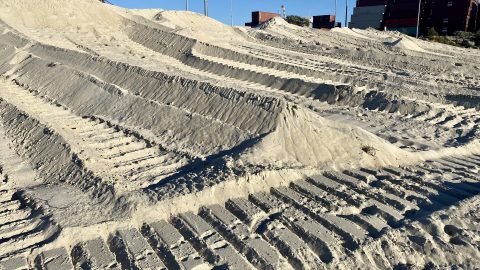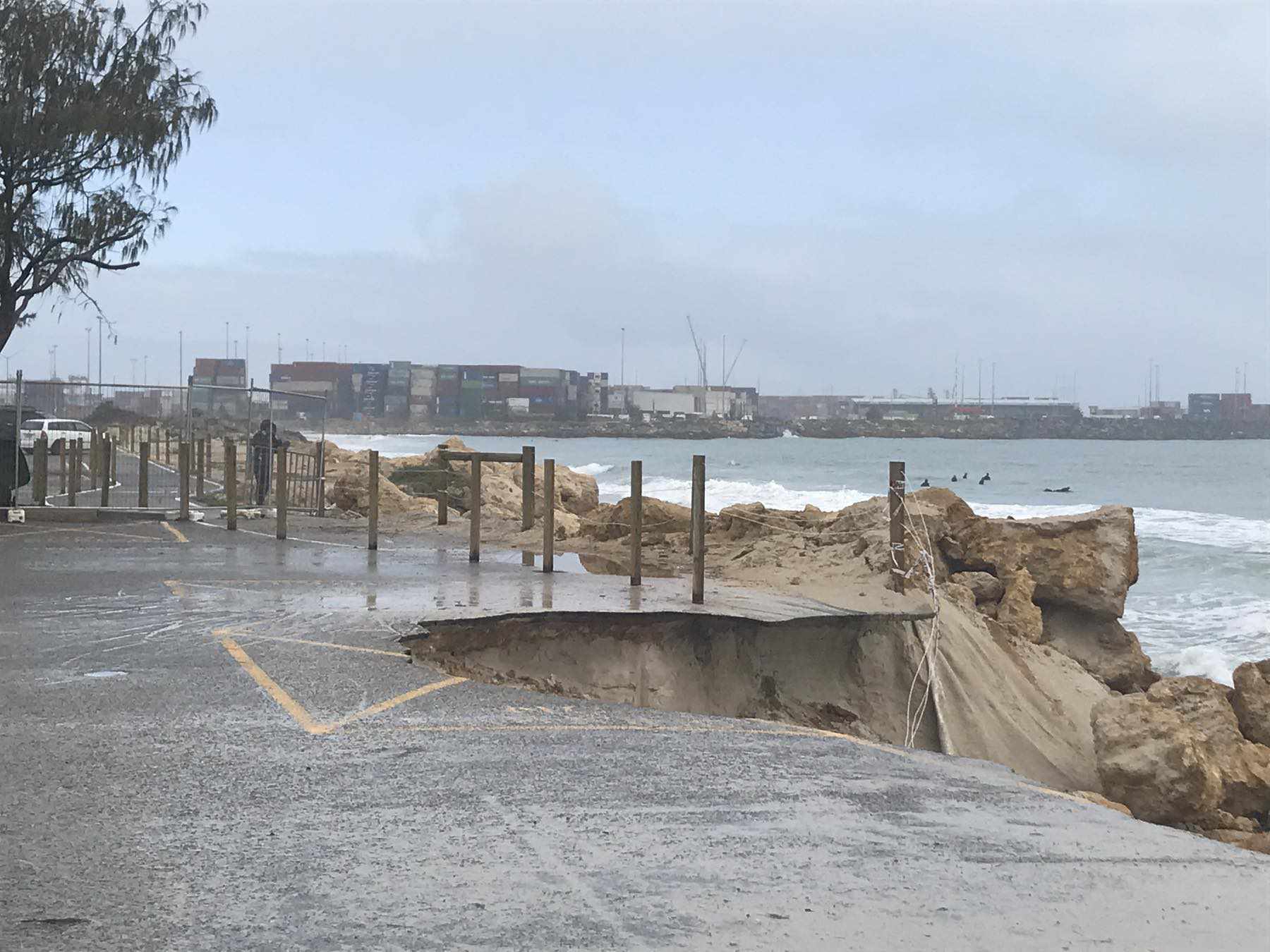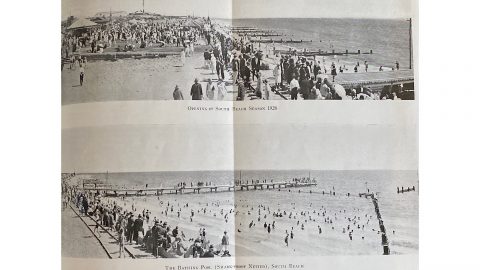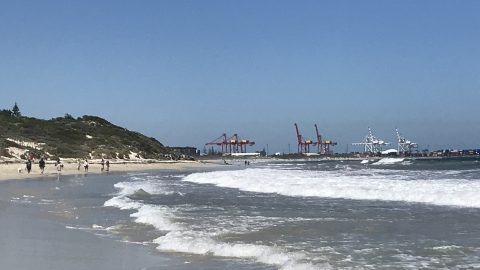The Port Beach Sand Nourishment Project started his week and will see up to 150,000m3 of sand dredged from Fremantle Port’s Deep Water Channel and ‘rainbowed’ onto Port Beach and adjacent Sandtrax Beach.
‘Rainbowing’ involves the pumping of a mixture of dredged sand and water through a hose with a nozzle, into a high arc through the air and onto the nearshore area.

The project is being delivered as a partnership project by the City of Fremantle, Fremantle Ports and the Department of Transport using $3.25 million in WA Recovery Plan funding from the state government.
Fremantle Ports CEO Michael Parker said while protection of the beach for the public was paramount, the sand renourishment had operational advantages as well in terms of maintenance of the shipping channel’s depth and ensuring a buffer for the critical Port Beach Road access to Rous Head.
The present pattern is for eroded sand from Port Beach to be transported to the north and deposited near Leighton Beach. In a bad year, Port Beach can lose up to 40,000m3 of sand, however, the average annual loss is around 15,000m3.
The works are intended to provide protection for up to ten years, although the actual life of the works will ultimately depend on the weather conditions experienced over the next decade.
Some of the placed sand is expected to migrate northwards over time. A shoreline monitoring program will be implemented to track the movement of the placed sand, and if significant movement occurs additional maintenance or nourishment works may be required.
Sand nourishment via dredging was selected over other potential coastal erosion adaptation options based on the investigations and recommendations of coastal engineering experts in 2019.
The sand nourishment project will address the current extreme erosion risk level while allowing time for a longer-term planning process to enable the implementation of a managed retreat strategy, that includes the establishment of a broader foreshore reserve to retain a beach and amenities for the community.
While the rainbowing happened, this survey vessel kept watch.
An environmental impact assessment determined the potential impacts of the dredging and sand nourishment works were expected to be minor. The Environmental Protection Agency also reviewed the project and concluded the likely environmental effects of the proposal were not so significant as to warrant formal assessment.
Water quality monitoring and light monitoring will occur throughout the works program.
There will be some localised impact on beach use during the works. For safety reasons, access to certain areas of the beach, including Sandtrax beach, will be restricted during the works, and skippers are advised to take care.
It’s likely that as ‘wet’ sand is deposited, some odour may be generated. This is expected to dissipate relatively quickly.
Sand placed on the beach may first appear darker than the existing beach, but this is expected to fade over time.
Here’s what Sandtrax Beach looked like on Tuesday morning, soon after it was rainbowed overnight on Monday, when our Shipping Correspondent Jean Hudson arrived, camera in hand.
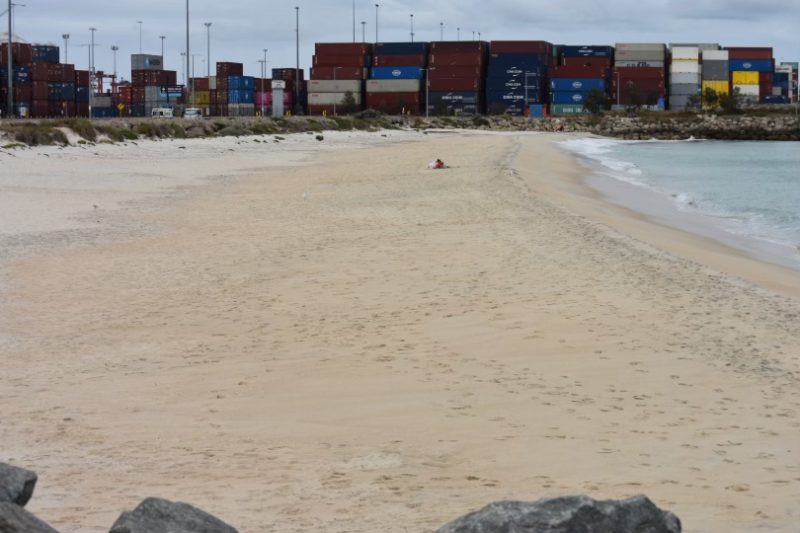
Dredging and nourishment works will be planned around periods of high tide, so there will likely be some works occurring at night.
The dredging and rainbowing works are not expected to impact access to facilities such as parking, change rooms, the Surf Life Saving Facility and commercial food and beverage outlets.
* This story first appeared on the Fremantle Ports website on Monday. Minor additional reportage by Fremantle Shipping News. The aerial photograph was supplied by Fremantle Ports. Additional photography by Jean Hudson, our Shipping Correspondent.
WHILE YOU’RE HERE –
PLEASE HELP US TO GROW FREMANTLE SHIPPING NEWS
FSN is a reader-supported, volunteer-assisted online magazine all about Fremantle. Thanks for helping to keep FSN keeping on!
** Don’t forget to SUBSCRIBE to receive your free copy of The Weekly Edition of the Shipping News each Friday!

